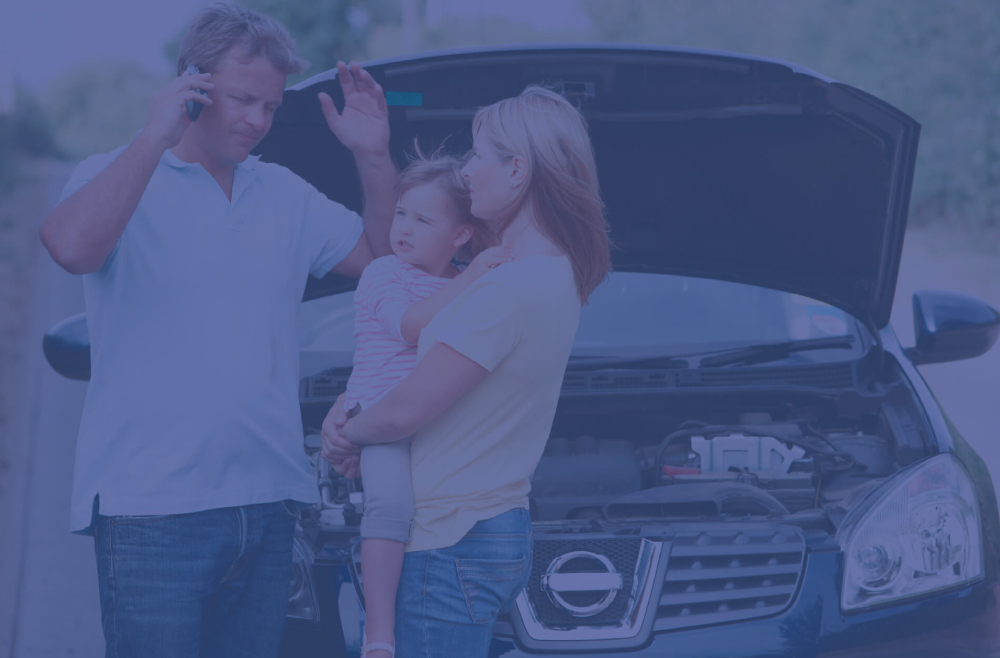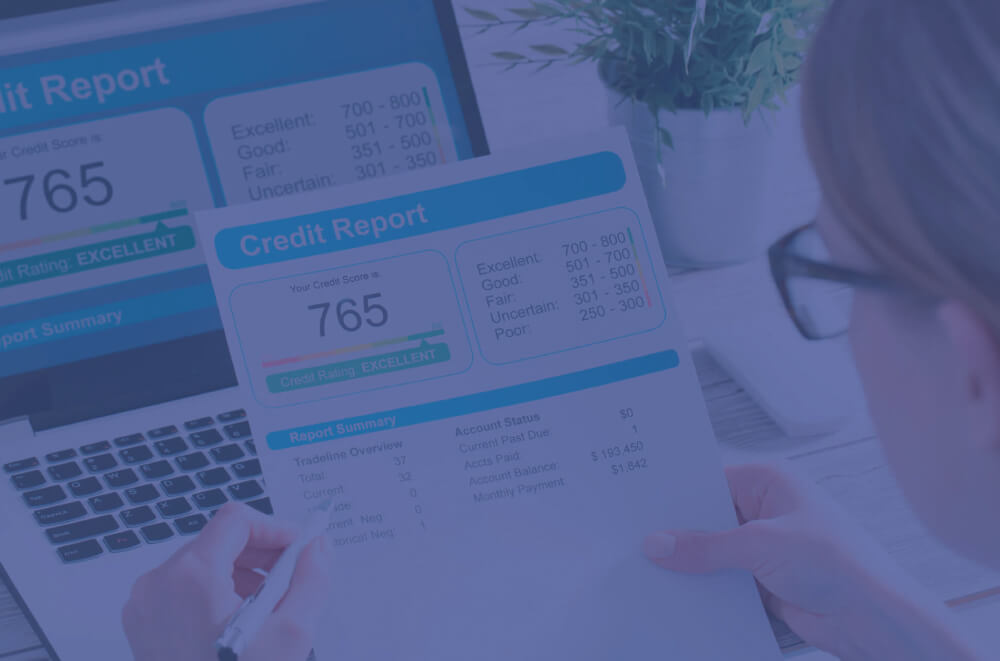Introduction: Understanding the Balance of Chapter 11 Bankruptcy
Imagine you’re a business owner struggling to keep operations afloat. Creditors are knocking, and the pressure is mounting. Among the chaos, unsecured creditors, those without collateral, are asking, “How much will we get paid?”
Understanding how much unsecured creditors are paid in Chapter 11 is essential for both businesses and creditors. In this guide, we’ll break down the process, explain how payments are calculated, and share stories to clarify this complex topic.
What Are Unsecured Creditors?
Unsecured creditors are individuals or entities owed money but without any collateral backing their claims. These can include suppliers, landlords, or even employees owed wages. Unlike secured creditors (e.g., lenders with liens on property), unsecured creditors face higher risks because they lack guaranteed repayment.
Examples of Unsecured Claims:
- Credit card debt
- Outstanding vendor invoices
- Personal loans without collateral
How Are Unsecured Creditors Paid in Chapter 11?
The payment amount for unsecured creditors in Chapter 11 depends on several factors, including the debtor’s financial state, the repayment plan, and negotiations.
Here’s a simplified breakdown of how payments are determined:
- Priority of Claims
Payments follow a strict order. Higher-priority debts, like secured claims, taxes, and employee wages, are paid first. Unsecured creditors are lower on the list but must still receive fair treatment. - The Repayment Plan
The debtor proposes a repayment plan that outlines how much unsecured creditors will receive. This plan must be approved by creditors and the court. - Debt Restructuring
In some cases, unsecured creditors agree to accept a percentage of the owed amount (e.g., 20–50%) to help the business recover. The exact percentage depends on the company’s financial capacity and future projections. - Court Approval
The repayment plan must meet the “best interest” test, meaning unsecured creditors should receive at least as much as they would if the business liquidated under Chapter 7.
Factors Influencing Payment Amounts for Unsecured Creditors
1. The Debtor’s Assets and Revenue
If the business has significant assets or steady revenue, unsecured creditors might receive a higher percentage. Conversely, limited assets can mean smaller payouts.
2. Negotiations with Creditors
In Chapter 11, negotiation is key. Unsecured creditors often accept reduced payments to avoid forcing the debtor into liquidation, where they might receive even less.
3. The Business’s Viability
A financially sound repayment plan increases the likelihood of higher payments. If the business is expected to recover and generate profit, creditors are more willing to cooperate.
Real-Life Examples: How Payments Vary
Story 1: The Manufacturing Company
A small manufacturing firm filed for Chapter 11, owing $1 million to unsecured creditors. After liquidating unnecessary equipment and renegotiating contracts, they proposed a plan to pay 40% of the unsecured debt over five years. The creditors approved, knowing liquidation would yield much less.
Story 2: The Restaurant Chain
A mid-sized restaurant chain filed for Chapter 11 after the pandemic. Unsecured creditors, owed $500,000, agreed to a repayment of 30% over three years, as the business had limited immediate cash flow. By staying open, the chain eventually paid off the agreed amount and maintained operations.
Addressing Common Questions About Payments to Unsecured Creditors
How much do unsecured creditors usually get paid?
The amount varies but often ranges from 10% to 50% of the total owed, depending on the debtor’s ability to pay and the repayment plan.
Do unsecured creditors have to agree to the repayment plan?
Yes, creditors vote on the plan. If a majority approve, the plan goes to the court for final approval.
Can unsecured creditors get nothing?
In rare cases, if the debtor has no assets or revenue, unsecured creditors may receive little or no payment. However, the court ensures they receive at least what they would under Chapter 7 liquidation.
How long does it take to get paid?
Payments typically occur over several years, as outlined in the repayment plan. This timeline allows the debtor to stabilize while fulfilling obligations.
Why Chapter 11 is a Viable Option for Both Sides
For businesses, Chapter 11 offers a chance to restructure and recover. For unsecured creditors, it provides an opportunity to recoup some of the owed amount, often more than they’d receive in liquidation.
Step-by-Step: How Payment Works in Chapter 11
- The Business Assesses Its Debts
All creditor claims, including unsecured ones, are categorized and prioritized. - A Repayment Plan is Proposed
The debtor, often with the help of a Chapter 11 lawyer, develops a plan outlining how much and when creditors will be paid. - Creditors Review the Plan
Unsecured creditors vote on the proposal. If the majority agree, the plan moves forward. - Court Approval
The court ensures the plan is fair and follows bankruptcy laws. - Payments Begin
The debtor makes payments according to the approved timeline, often spread over several years.
Key Takeaways: What Unsecured Creditors Should Know
- Unsecured Creditors Have Rights
Even without collateral, unsecured creditors are entitled to fair treatment in Chapter 11. - Payment Amounts Vary
Payouts depend on the debtor’s financial health and the approved repayment plan. - Negotiation is Key
Unsecured creditors often accept reduced payments to help the business recover and avoid liquidation. - Timely Action Matters
Filing and negotiating early increases the chances of a favorable outcome for both parties.
Take the Next Step with Consumer Action Law Group
Navigating Chapter 11 bankruptcy is complex, but you don’t have to do it alone. Whether you’re a business owner seeking to restructure or an unsecured creditor wondering about your rights, Consumer Action Law Group is here to help.
Contact us today for expert guidance on Chapter 11 bankruptcy. Let us ensure you understand your options, protect your interests, and achieve the best possible outcome. Call now for a free consultation and take the first step toward financial clarity.












